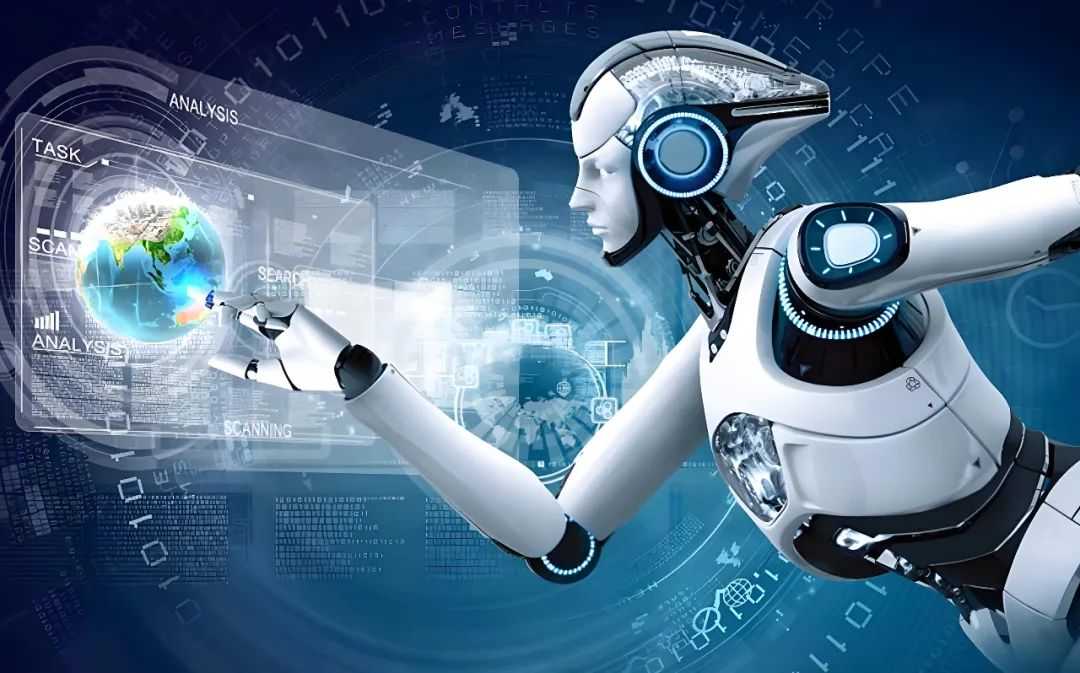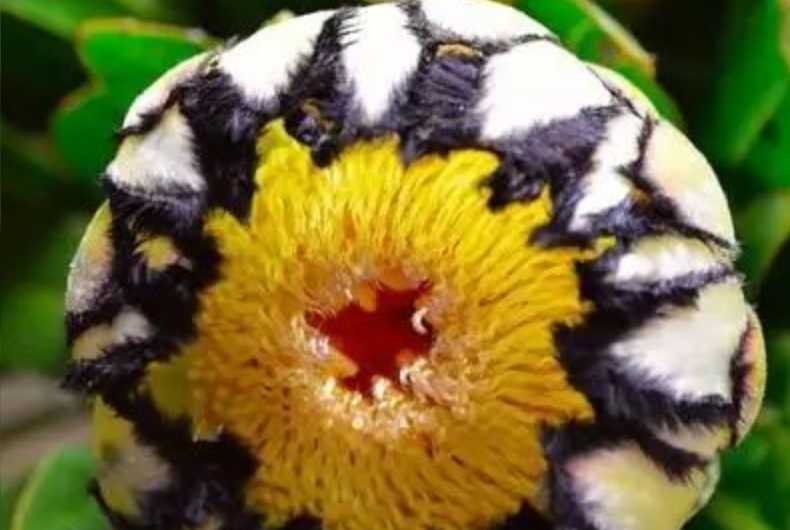
Artificial intelligence (AI) and robotics are undergoing a profound transformation, evolving from mere labor - saving tools to autonomous "new species" capable of reshaping industries and creating unprecedented demand. As AI transitions from merely "substituting human labor" to "generating new needs," its impact is rippling across sectors, driven by breakthroughs in large language models (LLMs) and advanced robotics technologies. This shift marks a pivotal moment in the fourth industrial revolution
The global AI market is on a trajectory of explosive growth, with projections estimating it will reach hundreds of billions of dollars by 2025. Key drivers include the rapid development of Chinese LLMs like DeepSeek, which have drastically reduced the cost of AI deployment, making sophisticated algorithms accessible to businesses of all sizes. Concurrently, the commercialization of hardware—such as humanoid robots and industrial robotic arms—is accelerating. For instance, Tesla’s Optimus and Boston Dynamics’ Spot are no longer experimental prototypes but are being tested in real - world scenarios, from factory floors to service industries. This convergence of software and hardware is unlocking new use cases, from automated quality control in manufacturing to AI - driven surgical assistants in healthcare.
AI and robotics are now infiltrating nearly every high - value sector. In healthcare, surgical robots like the Da Vinci system are performing minimally invasive procedures with unmatched precision, while AI - powered drug discovery platforms are shortening the development cycle for life - saving medications. In manufacturing, intelligent quality inspection systems using computer vision can detect defects in milliseconds, optimizing production lines and reducing waste. The service industry is also being revolutionized: AI chatbots handle customer inquiries 24/7, while autonomous delivery robots navigate urban environments to fulfill orders. As AI agents become more sophisticated—capable of learning, adapting, and interacting with humans—the boundary between "tool" and "collaborator" is blurring. This evolution not only promises efficiency gains but also raises profound questions about the future of work, ethics, and human - machine coexistence, solidifying AI and robotics as defining forces of the 21st century.





